The ketogenic (keto) diet, high in healthy fats and low in carbs, can potentially change the way your body stores and uses energy, easing diabetes symptoms.With the keto diet, your body converts fat, instead of sugar, into energy.
The “keto” in a ketogenic diet comes from the fact that it makes the body produce small fuel molecules called “ketones”.
This is an alternative fuel for the body, used when blood sugar (glucose) is in short supply.
Ketones are produced if you eat very few carbs (that are quickly broken down into blood sugar) and only moderate amounts of protein (excess protein can also be converted to blood sugar).
Ketones are produced in the liver, from fat. They are then used as fuel throughout the body, including the brain. The brain is a hungry organ that consumes lots of energy every day,and it can’t run on fat directly. It can only run on glucose or ketones.
On a ketogenic diet, your entire body switches its fuel supply to run almost entirely on healthy fat. Insulin levels become very low, and fat burning increases dramatically.
It’s based around the premise that your body was designed to run more efficiently as a fat burner than a sugar burner.
The diet was created in 1924 as a treatment for epilepsy, but the effects of this eating pattern are also being studied for type 2 diabetes. The ketogenic diet may improve blood glucose (sugar) levels while also reducing the need for insulin.
However, the diet does come with risks, so make sure to discuss it with your doctor before making drastic dietary changes.
Many people with type 2 diabetes are overweight, so a high-fat diet can seem unhelpful. The goal of the ketogenic diet is to have the body use healthy fats for energy instead of carbohydrates or glucose. A person on the keto diet gets most of their energy from fat, with very little of the diet coming from carbohydrates.
The ketogenic diet has the potential to decrease blood glucose levels. Managing carbohydrate intake is often recommended for people with type 2 diabetes because carbohydrates turn to sugar and, in large quantities, can cause blood sugar spikes. If you already have high blood glucose, then eating too many carbs can be dangerous. By switching the focus to healthy fats, some people experience reduced blood sugar.
The ketogenic diet doesn’t mean you should load up on saturated fats, though. Heart-healthy fats are the key to sustaining overall health.
This means that no meat should be eaten only healthy fats like fish, olive oil, coconut oil, nuts and seeds!
Ketogenic Diet Basics
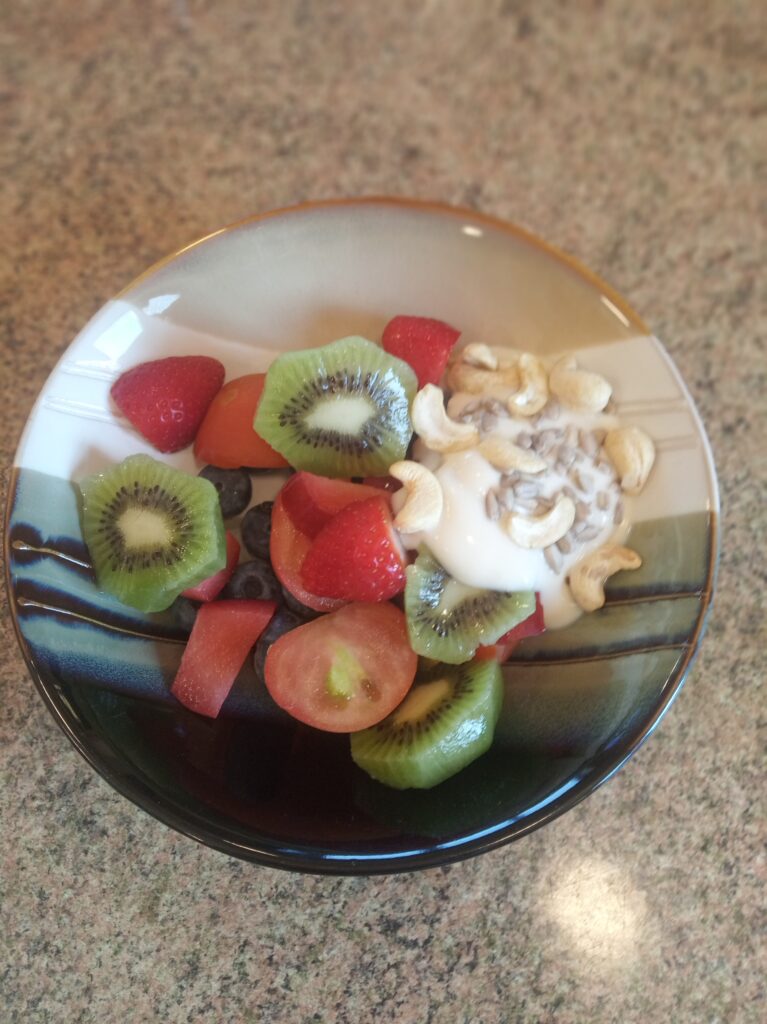
There are several versions of the ketogenic diet, including:
Standard ketogenic diet (SKD): This is a very low-carb, moderate-protein and high-fat diet. It typically contains 75% fat, 20% protein and only 5% carbs.
Cyclical ketogenic diet (CKD): This diet involves periods of higher-carb refeeds, such as 5 ketogenic days followed by 2 high-carb days.
Targeted ketogenic diet (TKD): This diet allows you to add carbs around workouts.
High-protein ketogenic diet: This is similar to a standard ketogenic diet, but includes more protein. The ratio is often 60% fat, 35% protein and 5% carbs.
However, only the standard and high-protein ketogenic diets have been studied extensively. Cyclical or targeted ketogenic diets are more advanced methods, and primarily used by bodybuilders or athletes.
One study found that people on a ketogenic diet lost 2.2 times more weight than those on a calorie-restricted low-fat diet. Triglyceride and HDL cholesterol levels also improved .
One study found that the ketogenic diet improved insulin sensitivity by a whopping 75% .
Another study in patients with type 2 diabetes found that 7 of the 21 participants were able to stop all diabetes medications.
There are several reasons why a ketogenic diet is superior to a low-fat diet. One is the increased protein intake, which provides numerous benefits.
The increased ketones, lowered blood sugar levels and improved insulin sensitivity may also play a key role .
Studies have now shown that the diet can have benefits for a wide variety of different health conditions.
The ketogenic diet can improve risk factors like body fat, HDL levels, blood pressure and blood sugar.The diet is currently being used to treat several types of cancer and slow tumor growth .
The diet may reduce symptoms of Alzheimer’s and slow down the disease’s progression .Research has shown that the ketogenic diet can cause massive reductions in seizures in epileptic children .One study found that the diet helped improve symptoms of Parkinson’s disease .
One study found that the diet can reduce concussions and aid recovery after brain injury .Lower insulin levels and eating less sugar or processed foods will help improve acne .

1.Some foods are ketogenic and some other food are anti-ketogenic.
Carbohydrates are 100% anti-ketogenic, meaning they completely turn into glucose once digested.
Fats are 90% Ketogenic, meaning 10% of the fat will turn into glucose in the bloodstream once digested.
Proteins are 46% Ketogenic and 58% anti-ketogenic, meaning that 58% of the proteins ingested will turn into glucose in the bloodstream.
2.Restrict your carbohydrates. Most people tend to only focus only on net carbs. If you want great results, limit both. Try to stay below 20g net carbs and below 35g total carbs per day.
3.Restrict your protein intake. Too much protein can lead to lower levels of ketosis. Ideally for weight loss, you want to eat between 0.6g and 0.8g protein per pound lean body mass.
INFOGRAPHIC – Calculating Protein Intake for Weight Loss And Reduced Risk of Type 2 Diabetes
While the exact cause of Type 2 diabetes is still not fully understood, it is known that being overweight or obese (having a body mass index – BMI – of 30 or greater) has a significant impact.
In fact, recent research suggests that obese people are up to 80 times more likely to develop type 2 diabetes than those with a BMI of less than 22.
So losing weight and bringing your BMI below this value is one of the most important, and controllable, ways to reduce your risk of Type 2 diabetes. And according to research, simply optimizing your protein intake can help you achieve rapid weight loss results – even with light-to-moderate exercising.
Thanks to Thinner You Centers, the following infographic on protein for weight loss contains science-based information about the effects of protein intake on body composition, and how to calculate your optimal protein intake for maximum weight loss potential!
Click here to view YOUR SECRET WEAPON WEIGHT LOSS INFOGRAPHIC!
4.Drink water. Try to drink a gallon of water a day. Make sure that you’re hydrating and staying consistent with the amount of water you drink. It not only helps regulate many vital bodily functions, but it also helps control hunger levels.
5.Stop snacking. Weight loss tends to do better when you have fewer insulin spikes during the day. Unnecessary snacking may lead to stalls or slow in weight loss.
6.Add exercise in. It’s a known fact that exercise is healthy. If you want to get the most out of your ketogenic diet, consider adding in 20-30 minutes of exercise a day. Even just a small walk can help regulate weight loss and blood sugar levels.
7. Fasting On your ketogenic journey, it’s important to know that your success is not only dictated by eating enough fat and protein and restricting carbs. When you eat, how often you eat, and how much you eat have a substantial impact on your health and function as well.
Fasting isn’t required to lose weight on a ketogenic diet. If it doesn’t work for you, then do not force yourself to fast. Restricting yourself unrealistically is pointless – it’s not worth it if it makes you unhappy.
There are 2 basic terms we need to understand feeding and fasting. Your body is in a feeding state when you are eating your food, and you are in a fasting state when you are between your meals.
Ketogenic Diet Food List
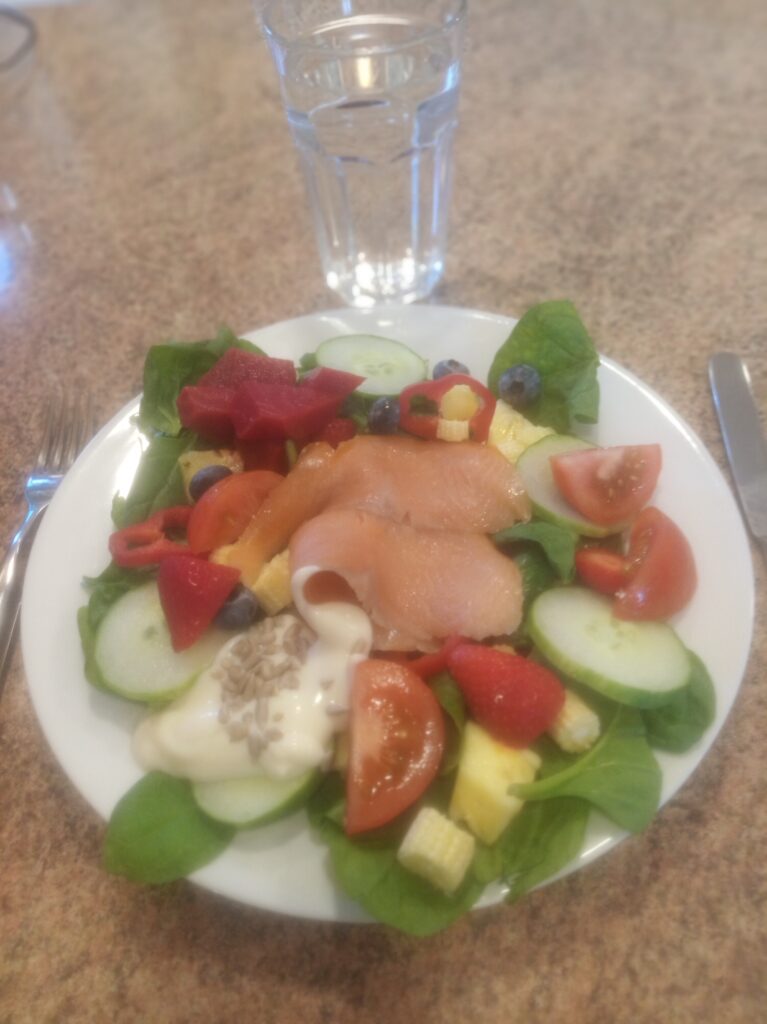
Not sure what to eat on a ketogenic diet? Here’s a quick food list for you to reference.
In general, you can eat from the following food groups:
1.Healthy Fats & Oils
Try to get your healthy fat from natural sources like seeds and nuts. Supplement with saturated and monounsaturated fats like coconut oil and olive oil.
Fats will be the majority of your daily calorie intake when you are on a ketogenic diet, so choices should be made with your likes and dislikes in mind.
Fats are vital to our bodies, but they can also be dangerous if you are consuming too much of the wrong types of fats like that found in all meat!There are a few different types of fat that are involved in a ketogenic diet.
Saturated Fats. Eat coconut oil!
Monounsaturated Fats. Eat these. Some examples of these are olive, avocado, and macadamia nut oils.
Polyunsaturated Fats. Know the difference. Naturally occurring polyunsaturated fats in fatty fish are great for you, and you should eat these. Processed polyunsaturated fats in “heart healthy” margarine spreads are bad for you.
Trans Fats. Completely avoid. These are processed fats that are chemically altered (hydrogenated) to improve shelf life. Avoid all hydrogenated fats, such as margarine, as they’re linked to heart disease.
Saturated and monounsaturated fats such as naturally produced butter,macadamia nuts, avocado, egg yolks, and coconut oil are more chemically stable and less inflammatory to most people, so they are preferred.
Eating fish like wild salmon, tuna and trout can help provide a balanced diet of Omega-3’s. You can also take krill oil for omega 3’s!
Take nut and seed based foods. These include items like almonds, walnuts, pine nuts, cashew nuts, sunflower seeds, sunflower oil and corn oil.
Frequent nut consumption has been linked to a reduced risk of heart disease, certain cancers, depression and other chronic diseases.
Furthermore, nuts and seeds are high in fiber, which can help you feel full and absorb fewer calories overall.
Although all nuts and seeds are low in net carbs, the amount varies quite a bit among the different types.
Here are the carb counts for 1 ounce (28 grams) of some popular nuts and seeds.
- Almonds: 3 grams net carbs (6 grams total carbs)
- Brazil nuts: 1 gram net carbs (3 grams total carbs)
- Cashews: 8 grams net carbs (9 grams total carbs)
- Macadamia nuts: 2 grams net carbs (4 grams total carbs)
- Pecans: 1 gram net carbs (4 grams total carbs)
- Pistachios: 5 grams net carbs (8 grams total carbs)
- Walnuts: 2 grams net carbs (4 grams total carbs)
- Chia seeds: 1 gram net carbs (12 grams total carbs)
- Flaxseeds: 0 grams net carbs (8 grams total carbs)
- Pumpkin seeds: 4 grams net carbs (5 grams total carbs)
- Sesame seeds: 3 grams net carbs (7 grams total carbs)
Keep snacking to a minimum, and don’t indulge in dessert items that are made from highly refined white flour!
If you’re using vegetable oils (olive, soybean, flax, or safflower) choose the “cold pressed” options if they are available.
Oleuropein, the main antioxidant found in olives, has anti-inflammatory properties and may protect your cells from damage.
In addition, studies suggest that consuming olives may help prevent bone loss and decrease blood pressure.
Olives vary in carb content due to their size. However, half of their carbs come from fiber, so their digestible carb content is very low.
A one-ounce (28-gram) serving of olives contains 2 grams of total carbs and 1 gram of fiber. This works out to a net carb count of 1 gram for 7–10 olives, depending on their size.
2.Protein
Some examples of how to get your protein in a ketogenic diet are below:
Fish. Preferably eating anything caught wild like catfish, cod, flounder, halibut, mackerel, mahi-mahi, salmon, snapper, trout, and tuna. Fattier fish is better.
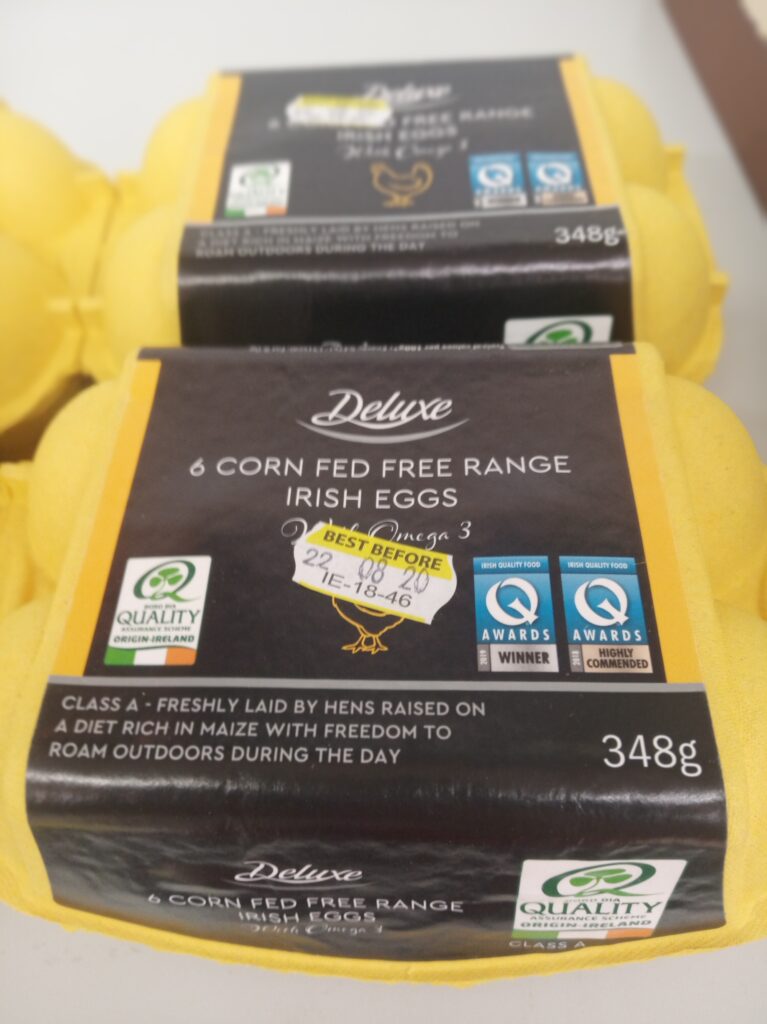
Whole Eggs. Try to get them free-range from the local market if possible. You can prepare them in many different ways like fried in olive oil or coconut oil, boiled, poached, and scrambled.
Nut Butter. Go for natural, unsweetened nuts and try to stick with fattier versions like almond butter and macadamia nut butter.
Shirataki noodles contain less than 1 gram of carbs per serving. Their viscous fiber helps slow down the movement of food through your digestive tract, which promotes fullness and stable blood sugar levels.
They contain less than 1 gram of carbs and 5 calories per serving because they are mainly water.
In fact, these noodles are made from a viscous fiber called glucomannan, which can absorb up to 50 times its weight in water.
Viscous fiber forms a gel that slows down food’s movement through your digestive tract. This can help decrease hunger and blood sugar spikes, making it beneficial for weight loss and diabetes management.
Shirataki noodles come in a variety of shapes, including rice, fettuccine and linguine. They can be substituted for regular noodles in all types of recipes.
3.Vegetables
Fresh homegrown vegetables are the best! Stick with above ground vegetables, leaning toward leafy/green items.
Vegetables are tricky on a ketogenic diet because we’ve been raised under the idea that vegetables are healthy and they are. However, almost all of the vegetables that we consume today contain carbs.
Some more than others so it’s important to understand the ones that have a better number of Net Carbs for a ketogenic diet.
| Vegetable | Amount | Net Carbs |
|---|---|---|
| Spinach (Raw) | 1/2 Cup | 0.1 |
| Bok Choi | 1/2 Cup | 0.2 |
| Lettuce (Romaine) | 1/2 Cup | 0.2 |
| Cauliflower (Steamed) | 1/2 Cup | 0.9 |
| Cabbage (Green Raw) | 1/2 Cup | 1.1 |
| Cauliflower (Raw) | 1/2 Cup | 1.4 |
| Broccoli (Florets) | 1/2 Cup | 2 |
| Collard Greens | 1/2 Cup | 2 |
| Kale (Steamed) | 1/2 Cup | 2.1 |
| Green Beans (Steamed) | 1/2 Cup | 2.9 |
The best type of vegetables for a ketogenic diet are high in nutrients and low in carbohydrates. These, as most of you can guess, are dark and leafy. Anything that resembles spinach or kale will fall into this category!
Vegetables that grow below ground can still be consumed in moderation – you just have to be careful about the number of carbs that they have. Try to choose your vegetables with carbohydrates in mind and portion them based on their carbohydrate counts.
Higher carb vegetables. This includes onion, parsnip, garlic, mushrooms, and squash which you should try to avoid in the ketogenic diet.
Nightshades. This includes tomato, eggplant, and peppers which you can eat in moderation.
Berries. This includes raspberries, blackberries, and blueberries which you can eat in moderation.
Berries are low in carbs and high in fiber.
In fact, raspberries and blackberries contain as much fiber as digestible carbs.
These tiny fruits are loaded with antioxidants that have been credited with reducing inflammation and protecting against disease.
Here are the carb counts for 3.5 ounces (100 grams) of some berries.
- Blackberries: 5 grams net carbs (10 grams total carbs)
- Blueberries: 12 grams net carbs (14 grams total carbs)
- Raspberries: 6 grams net carbs (12 grams total carbs)
- Strawberries: 6 grams net carbs (8 grams total carbs)
Citrus fruits. This includes lemon, lime, and orange juice consume in moderation.
Completely avoid starchy vegetables and large fruits like potatoes and bananas.
4.Dairy
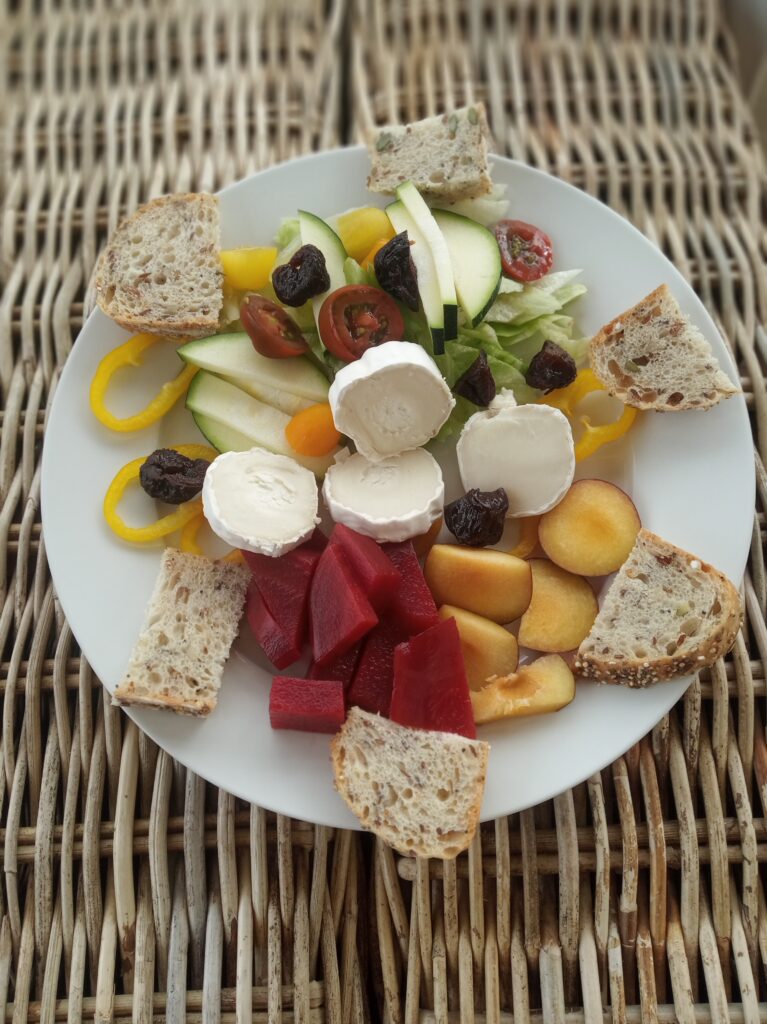
Most dairy is fine, but make sure to buy naturally produced full-fat dairy items. Harder cheeses typically have fewer carbs.Try to keep your dairy consumption to a moderate level. Most of your meals should be coming from protein like fatty fish,low carbohydrate vegetables, and added healthy fats/vegetable oils.
Naturally Raw Organic dairy products are essential! Highly processed dairy products are detrimental to everyone’s health! Make sure never to choose fat-free or low-fat dairy products as they will have significantly more carbs and less healthy nutrient content as well as being responsible for a lot of illnesses!
Stick with very hard and long-aged dairy products such as goats cheese as they contain much less lactose. Some examples of dairy you can eat on keto are:
Greek yogurt
Natural Heavy whipping cream
Spreadables including cottage cheese, cream cheese, sour cream, mascarpone, creme fraiche.
Soft Cheese including mozzarella, brie, blue, colby, monterey Jack.
Hard Cheese including aged cheddar, parmesan, feta, Swiss.
Make your own Mayonnaise that includes natural dairy products!
Dairy is a great way to add extra healthy fats into meals!
However some people experience slower weight loss when over-consuming cheese. If you notice that you have hit a plateau or slowed down in weight loss, you may want to consider reducing the amount of dairy you eat.
5.Nuts and Seeds
In moderation, nuts and seeds can be used to create some fantastic textures. Try to use fattier nuts like macadamias and almonds.
Avoid salted nuts as the added salt is responsible for high blood pressure which may lead to heart disease or a stroke!
Typically raw nuts can be used to add flavorings or texture to meals such as salads and vegetarian stir frys. Some people choose to consume them as healthy snacks but consume only in moderation as snacking, in general, will raise insulin levels and lead to slower weight loss in the long term!
Nuts can be a great source of fats, but you always have to remember that they do have carbohydrate counts that can add up quickly. It’s also particularly important to note that they do contain protein as well. Nut flours especially can add up in protein rather fast – so be wary of the amount you use. It is best to consume nuts high in healthy fat and low in carbohydrate content!
Fatty, low carbohydrate nuts. Macadamia nuts, brazil nuts, and pecans can be consumed with meals to supplement fat.
Fatty, moderate carbohydrate nuts. Walnuts, almonds, hazelnuts, peanuts, and pine nuts can be used in moderation to supplement for texture or flavor.
Higher carbohydrate nuts. Pistachios and cashews should rarely be eaten or avoided as they’re very high in carbohydrates (2 handfuls of cashews is almost a full day’s allowance of carbs).
If you have a nut allergy, a common substitution for almond flour is sunflower seed flour.
6.Beverages
Stay simple and stick to pure water. You can flavor it if needed with fresh fruit or lemon/lime juice.
The ketogenic diet has a natural diuretic effect, so dehydration is common for most people starting out. If you’re prone to urinary tract infections or bladder pain, you have to be especially prepared.
The eight glasses of water we’re recommended to drink? Drink those, and then some more. Considering we’re made up of about two-thirds water, hydration plays a substantial role in our everyday life. We recommend that you try to drink as close to a gallon of water a day as possible.
Many people experience the Keto Flu when transitioning to keto due to dehydration and lack of electrolytes. Make sure that you replenish your electrolytes and drink plenty of fluids.
Some examples of commonly consumed beverages on keto are below:
Water. This will be your staple, go-to source for hydration. You can drink still or sparkling water.
Broth. Loaded with vitamins and nutrients. More importantly, it will kickstart your energy by replenishing your electrolytes.
Tea. Try to stick with green tea.
Coconut/Almond milk. You can use the unsweetened versions in the carton from the store to replace your favorite beverage.
Diet soda. Try to severely reduce or completely stop drinking this. It can lead to sugar cravings and sometimes insulin spikes in the long run.
Flavoring. You can alternatively add a squeeze of lemon, lime, or orange to your water bottle.
Alcohol. Beer and wine will be too high carb to consume. Frequent consumption of alcohol will slow weight loss down.
For more great Health and Nutrition Tips refer to the website positivehealthwellness.com.
7.Herbs And Spices
Herbs and Spices are an important part of a ketogenic diet , people should use them everyday to add flavour and essential vitamins and minerals to their meals! There are many low carb processed condiments and products on the market which use artificial sweeteners which you must avoid as they are very bad for your health!
Spices have carbs in them, so make sure you are adding them to your carbohydrate counts. Most pre-made spice mixes will have sugars added to them, so make sure you read the nutrition label beforehand to make sure you know what’s inside. Never include added sugar into your spice blends or food!
Below you’ll find some common herbs and spices that people must consume!
Cayenne Pepper
Chili Powder
Cinnamon
Cumin
Oregano
Basil
Cilantro
Parsley
Rosemary
Thyme
When trying to shift from a high carb diet to a ketogenic diet, cravings can definitely get strong. It’s always best to try to clean out your fridge and food cupboard before you start so that you don’t have food around you that can lead to cravings. I recommend that you stop using artificial sweeteners completely! It normally leads to breaking sugar addiction and ultimately not having cravings.
If you’re still unsure about any products or food items that might not be keto friendly.
Below, you’ll find a list of foods that you should avoid:
Sugar. It’s typically found in soda, juice, sports drinks, candy, chocolate, and ice cream. Anything that’s processed and sweet you can think of most likely contains sugar. Avoid sugar at all costs.
Grains. Any wheat products (bread or buns), pasta, cereal, cakes, pastries, rice, corn, and beer should be avoided. This includes whole grains like wheat, rye, barley, buckwheat, and quinoa.
Starch. Avoid vegetables (like potatoes and yams) and other things like oats, muesli, etc. Some root vegetables are okay in moderation – be sure to read the section on vegetables.
Trans Fats. Margarine or any other spreadable replacement butter should be avoided as they contain hydrogenated fats (bad for us).
Fruit. Avoid any large fruits (apples, oranges, bananas) as they’re extremely high in sugar. Some berries can be consumed in moderation – be sure to read the section on fruits.
Low-fat foods. These tend to be much higher in carbs and sugar than full-fat versions. Make sure you read the package to make sure a mistake isn’t made.
Ketogenic Diet Side Effects
The ketogenic diet may be a viable treatment option for some people with type 2 diabetes. However, it does have some potential side effects.
As the ketogenic diet entails switching to a different source of energy, it can lead to some side effects. These may include:
loss of salts
keto-flu
noticeable change in bowel habits, such as constipation
uncomfortable leg cramps
noticeable loss of energy
mental fogginess
frequent urination
headaches
In most instances, the above side effects are just temporary and people experience no long-term problems.
Long-term effects can include the development of kidney stones and an increased risk of bone fractures due to acidosis. This can mean weak bones that are highly susceptible to fractures.
If you are pregnant or are nursing, you should not follow a Ketogenic diet.
You will not receive enough of the recommended carbohydrates, vitamins and nutrients necessary for yourself and your growing baby on this diet.
Your obstetrician will recommend how many carbohydrates you should consume per meal and for snacks during each phase of your pregnancy. They will likely refer you to a Certified Diabetes Educator for nutritional counseling as well.
Some studys suggest that people with type 2 diabetes taking oral medication to lower blood sugar levels may be more at risk for hypoglycemia, or low blood sugar, when following a ketogenic diet.
Consult with your diabetes medical team including your endocrinologist and a registered dietitian who is also a certified diabetes educator before trying this eating plan. You’ll want to start the Ketogenic diet slowly, cutting carbohydrates gradually.
You’ll want to regularly test both your blood sugar and ketone levels to prevent serious side effects. You’ll also want to make sure you’re taking in a balance of nutrients — all of those important vitamins, minerals, fiber as well as the proper amount of calories and healthy fats.
Also Refer to our article Using Herbal Remedies Safely!
If you have any information,questions, or feedback you would like to include in this post.
Please email momo19@diabetessupportsite.com or leave your comments below.









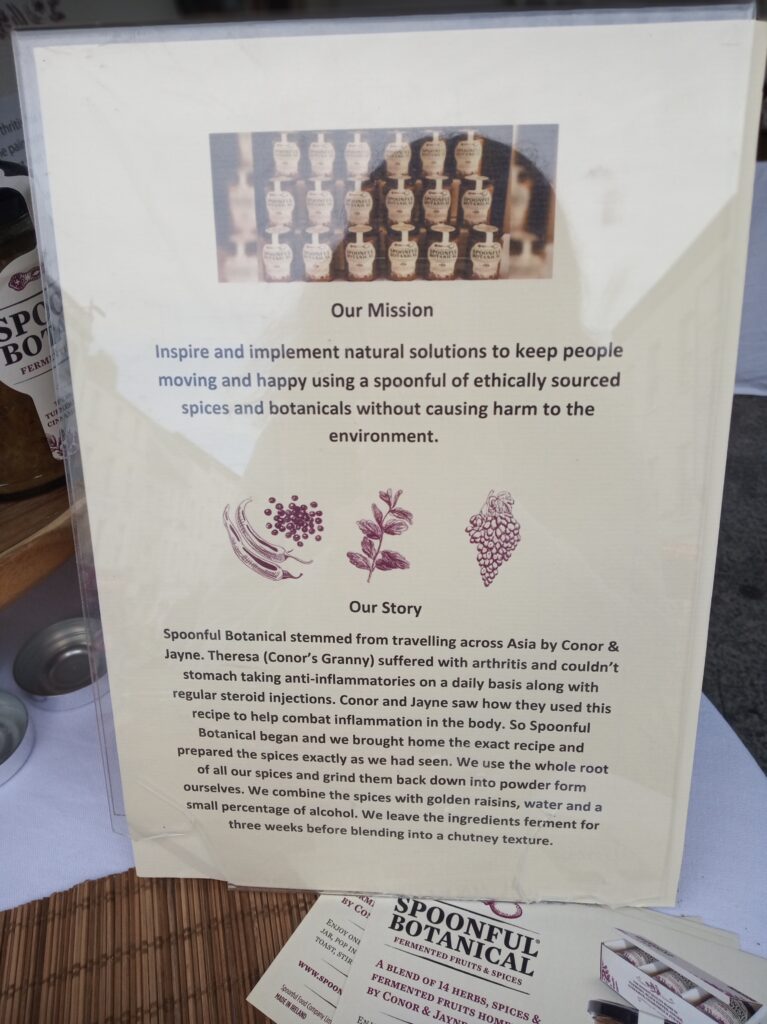
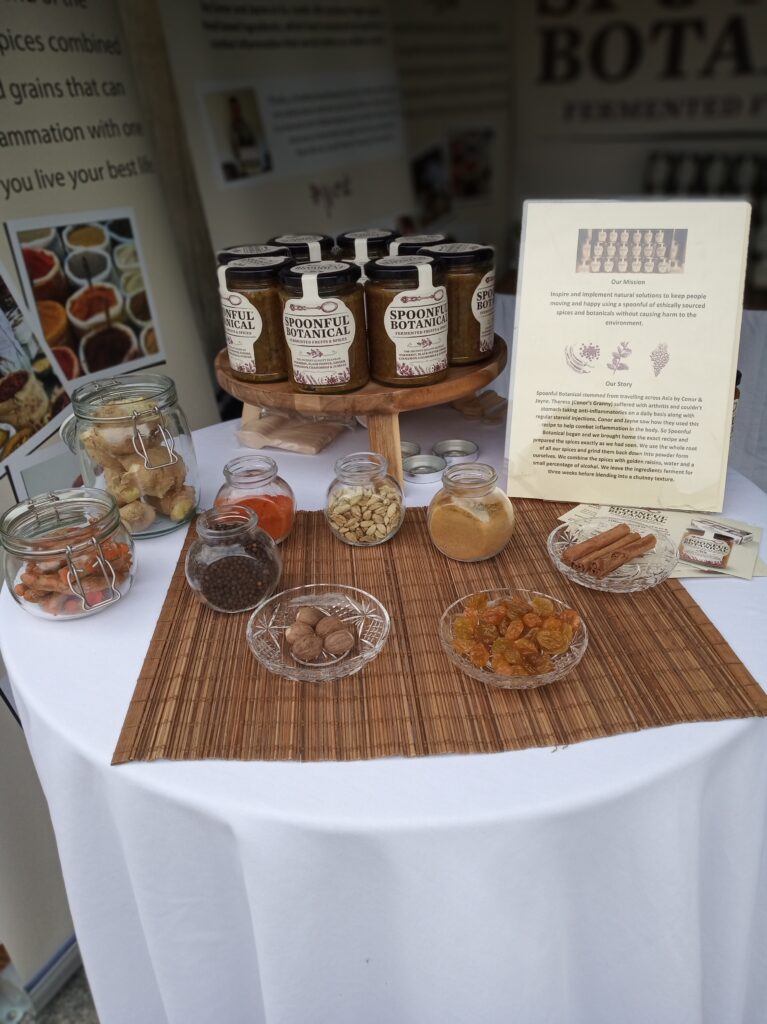












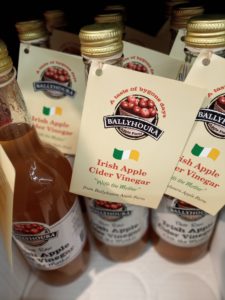


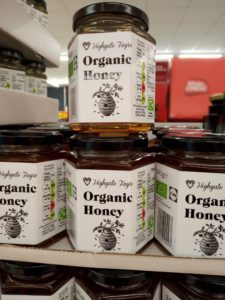












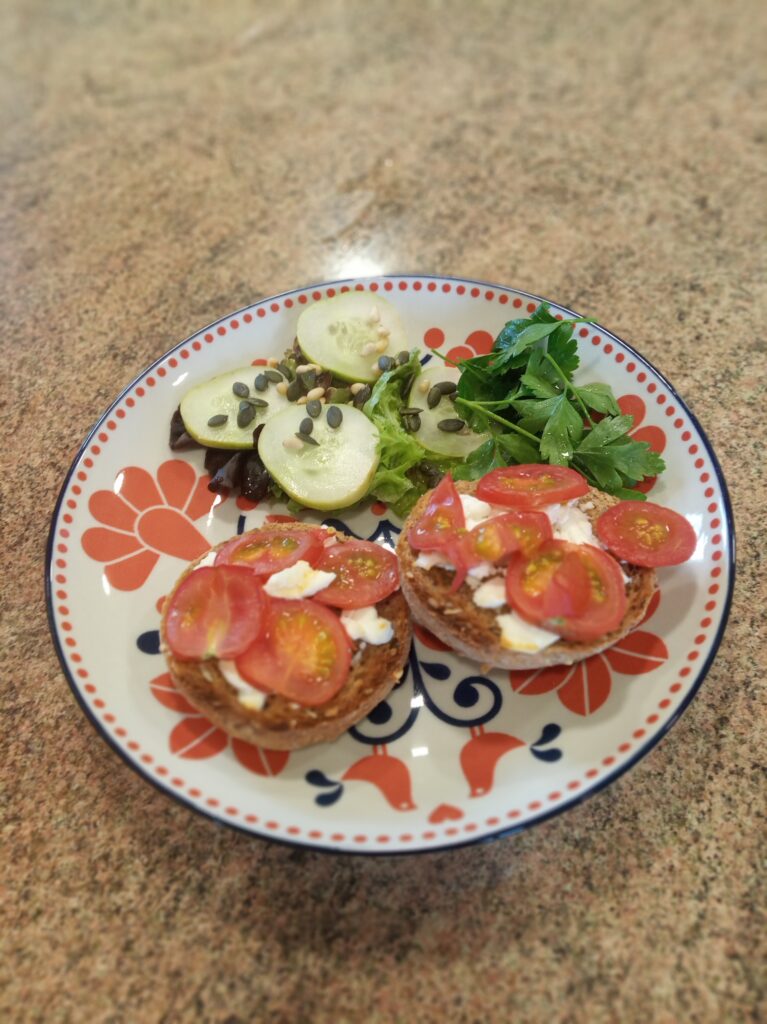





1.http://The Glycemic-Load Diet: A powerful new program for losing weight and reversing insulin resistance
2. http://The Glycemic-Load Diet Cookbook: 150 Recipes to Help You Lose Weight and Reverse Insulin Resistance
3.http://The G.I. Handbook: How the Glycemic Index Works